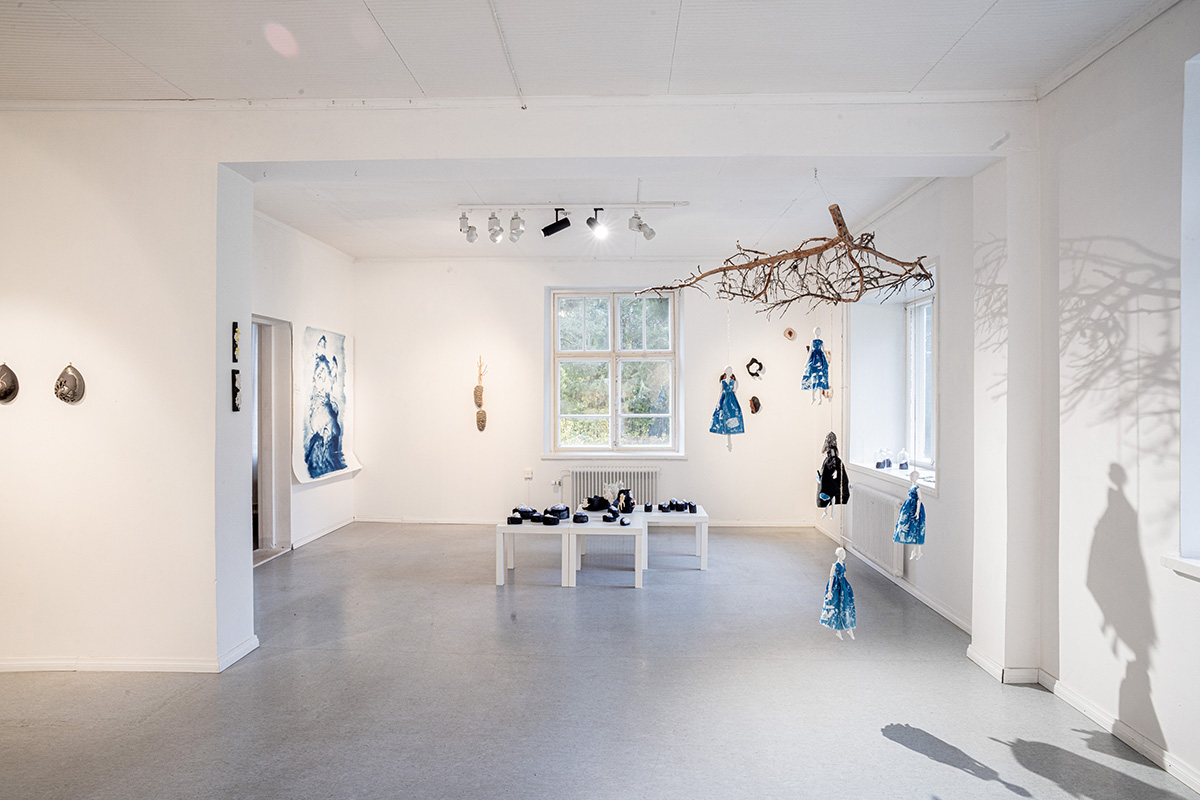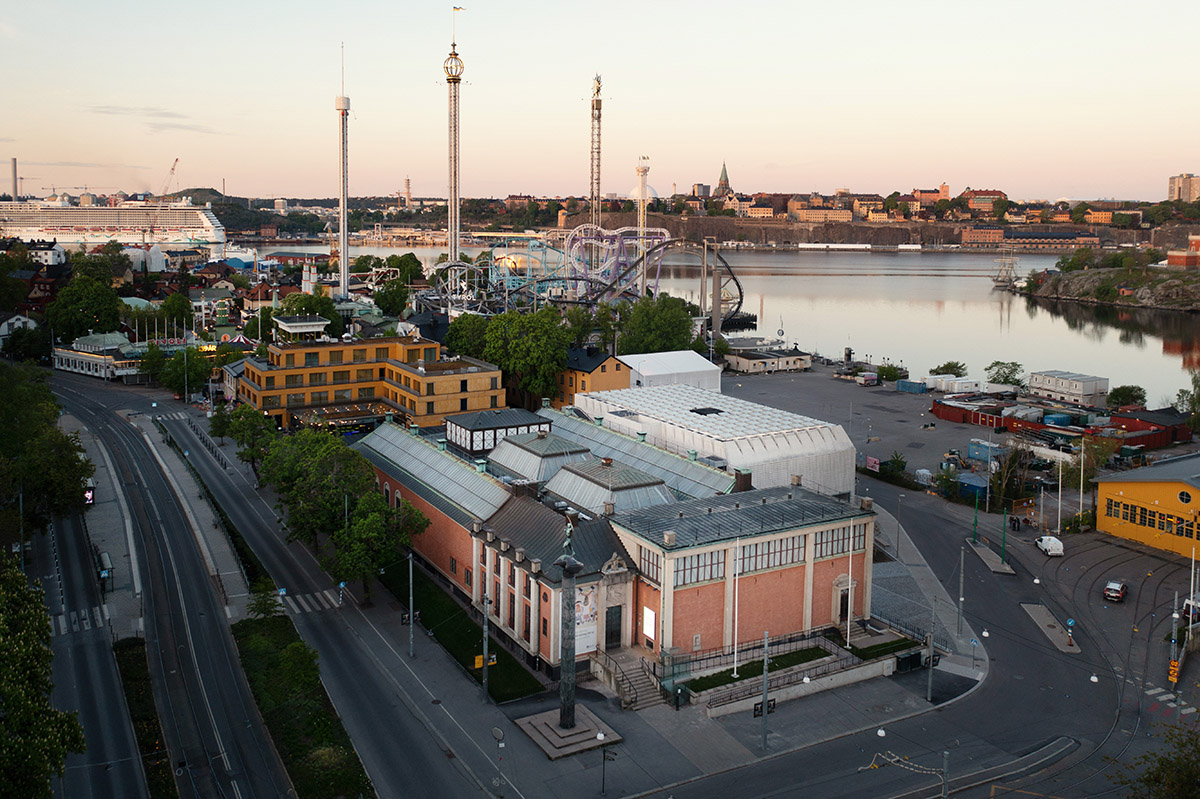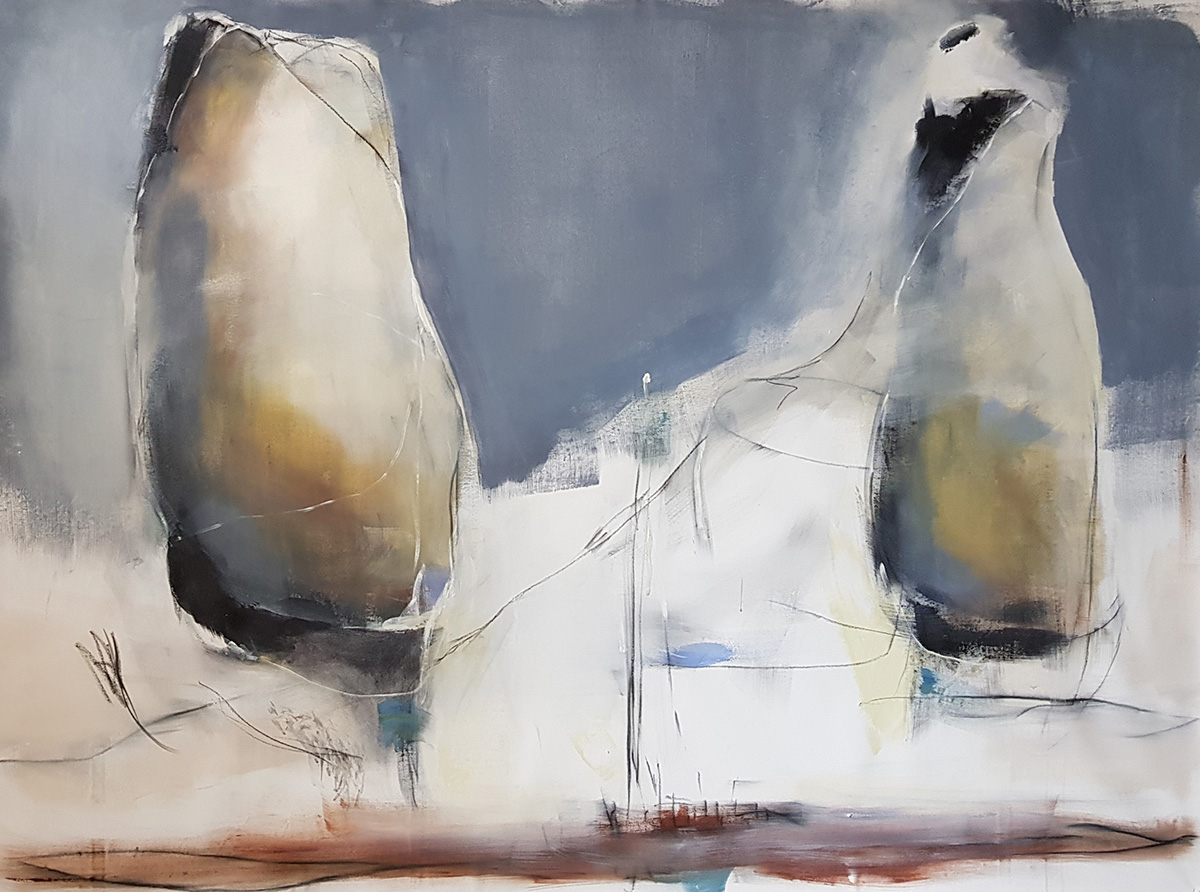Art Matter Festival: Uncovering Copenhagen’s art scene
By Christa Mako Teigen
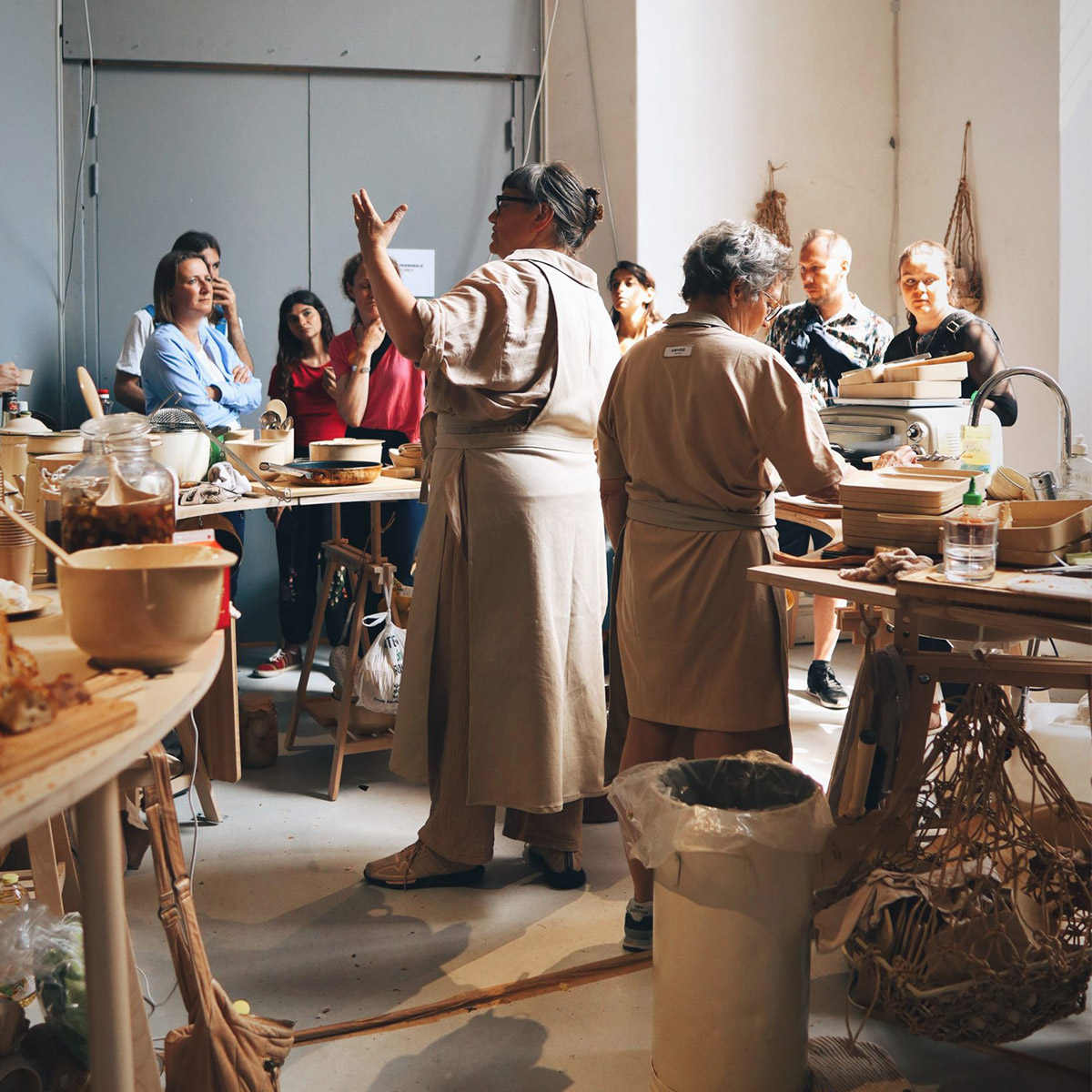
Jette Gejl’s ‘Beige Køkken’. Photo: Paul Gilham
Every summer a festival pops up in Copenhagen, showcasing the art scene in the city. In the run-up to the event this year, Scan Magazine spoke with the festival director and a few key players, to get an inside peek on what to see.
Art Matter started as a journal for contemporary art in 2004, as a way to show people where to meet contemporary art in Copenhagen. It developed naturally into an art guide, now called Kunsten.nu. In 2013 the festival was launched under the name Art Week, to offer a more social way for people to get into contact with contemporary art.
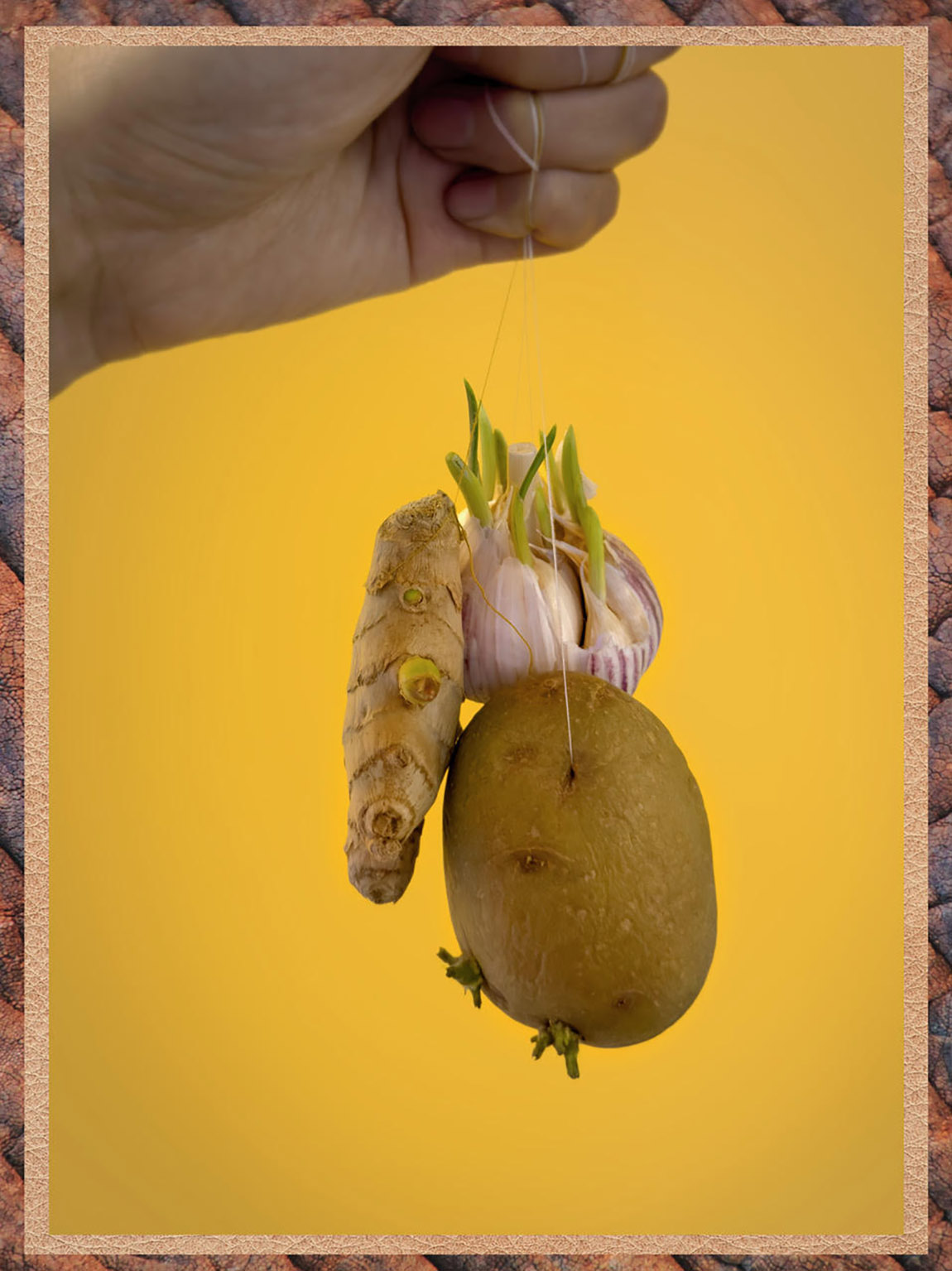
The Later Path (2024), Liu Shiyuan.
Scan Magazine had the opportunity to catch up with festival director Jan Falk Borup, who highlights the importance of meeting places between contemporary art and the public; “It’s a problem if people feel alienated and don’t know how to meet art, as contemporary art is about us and contemporary society. It’s about who we are as people and as a human race at this point in time.”

Photo: Jan Falk Borup
This is why he wants to create a broader conversation around contemporary art. “Who are the artists? What are they doing? Why are they doing it? And what can the audience actually get out of it, apart from just an aesthetic meeting with art?”
Falk Borup sees Copenhagen as a great city to experience art. “Copenhagen has a vibrant art scene with a lot of artist-run initiatives, and the scale and diversity is quite broad,” he says. “That’s something I personally enjoy and something we are trying to represent in the program. We have everything from the big museums like Louisiana to commercial galleries and artist-run spaces represented.”
The festival director recommends checking out some of the program’s unusual locations to experience art. For example, there is an art space in the women’s changing room at a football club (Skjold Contemporary), at a train station, and in an old cinema (Udstillingsstedet Sydhavn St. and Foyer Contemporary).
Art Matter Festival is also collaborating with public transport in Copenhagen, and one of the bus routes will become a dedicated art route with art and performances staged on the bus. There will also be guided tours offered at other locations, which is a fun way to experience art outside of the big exhibitions.
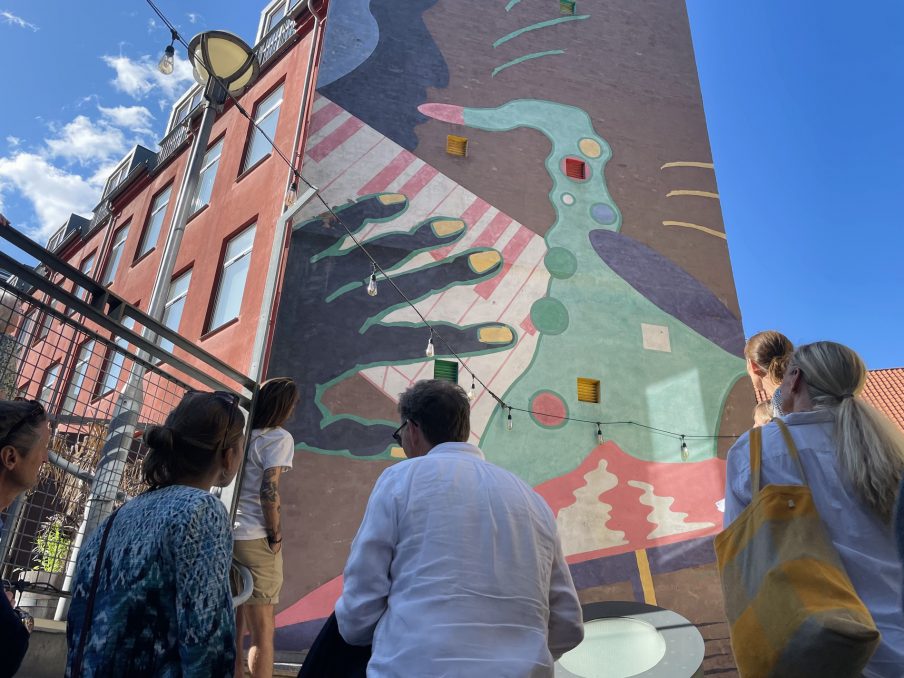
Gogoo – Art Tour Photo: Bjarke Calvin
Foyer Contemporary
The non-profit art space Foyer Contemporary is set up in the foyer of an old cinema called Park Bio. Evalajka Pervin, the artist running the space together with foreperson Charlotte Malte, explains the idea; “Foyer Contemporary is first and foremost a community full of possibilities where the artist can play.”
This is an art space you might not be planning to go to but then stumble upon something that catches your eye. “You pop in with two grocery bags in hand to pick up some movie tickets for your kids and happen to see something that looks a bit curious,” says Pervin. “Those two seconds of art disrupting your day-to-day just might make the world feel a bit different.”
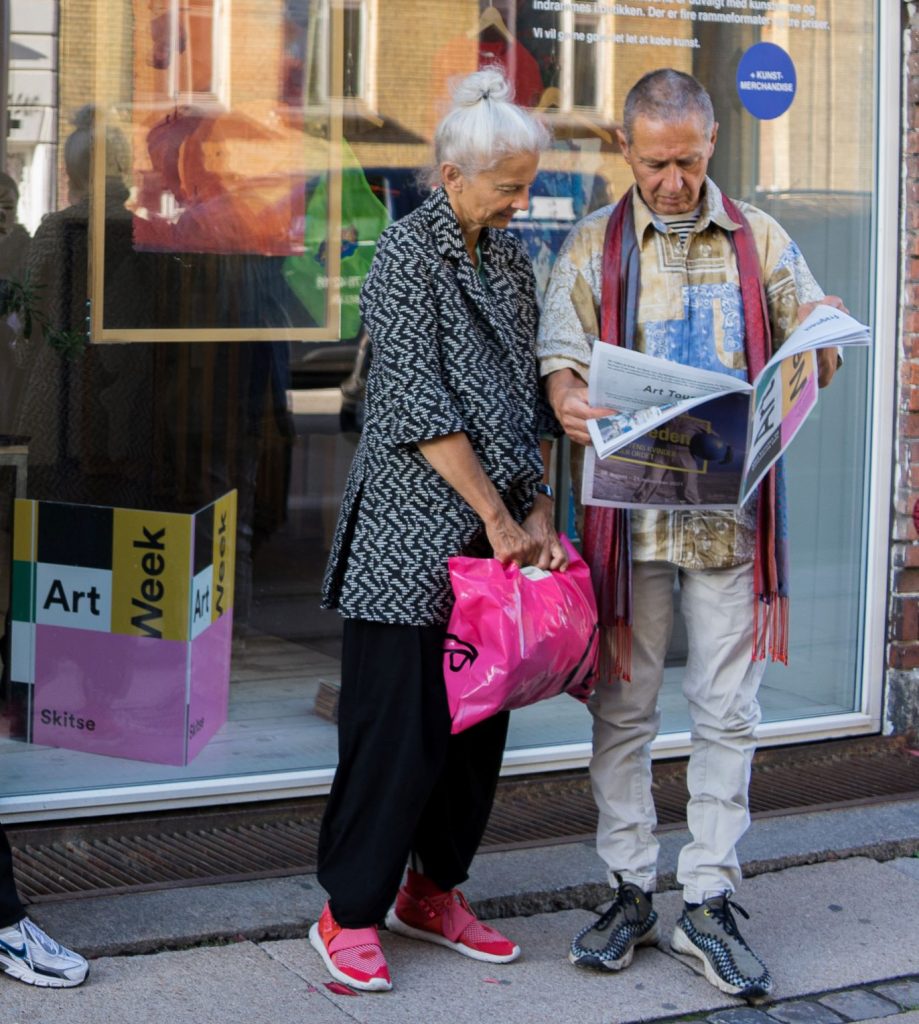
Photo: Kim Roslyng
Hot Pot Republic x Another Public
Another unexpected venue to explore art is Hot Pot Republic, Denmark’s first Chinese hot-pot restaurant. “The owner, Fanshuang Kong, wanted to bring more art into play at her restaurant,” says Robin Frederiksen, curator. ”She shared her thoughts and experiences on opening the restaurant and how she had to adapt the Chinese food culture to the Danes. Based on her reflections, the concept was created.”
The first work in the series is called The Later Path by Beijing-born artist Liu Shiyuan. It explores how culture changes faster than its representation does. “If we say ‘Chinese restaurant’, certain images might come to mind. But Liu Shiyuan argues that the power of images is manipulative, and in fact, people and places are much more similar than we think they are.”
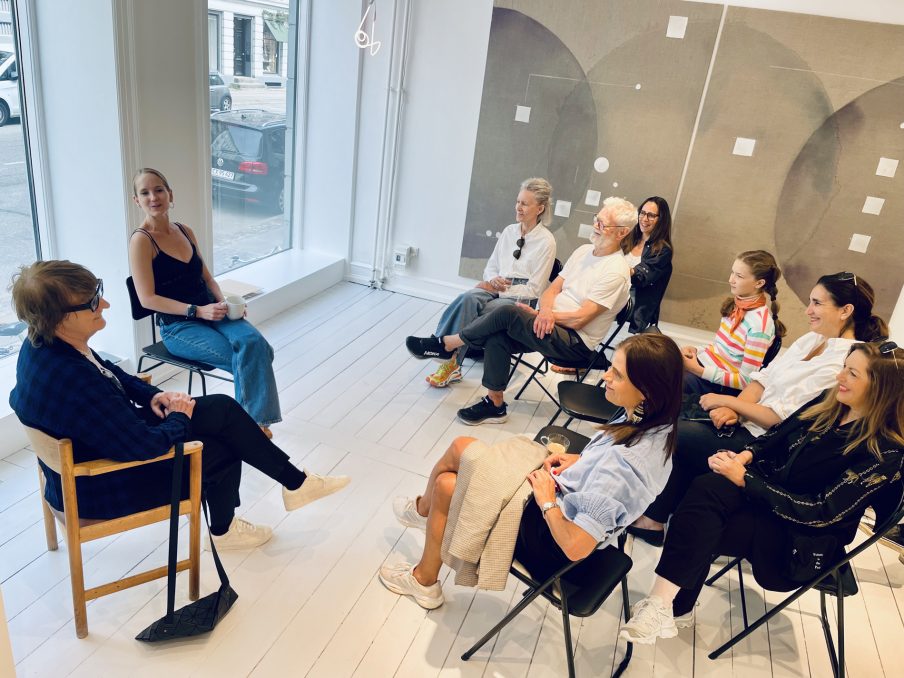
Art Talk Gun Gudillo. Photo: Bjarke Calvin
Mark Tholander at c4
Another artist-run space, c4, will host a solo show by artist Mark Tholander. His exhibition A fertile subject for offensive talk will consist of a video installation and a series of glass sculptures.
“I have been working on a film based on the myth of the “sea monk” that was allegedly caught on the coast of Zealand in 1546,” he explains. “Historical records say that the fishermen thought they had pulled a monk with a fish body out of the sea. Some thought it was a priest from a “sea people” – a species of “merman”. King Christian III ordered the creature to be buried as soon as possible so that it would not incite offensive talk in public.”
The artist first heard about the myth from the captain when he was working on a boat. “In a strange mixture between public fantasy and historical event, it pointed towards the shadow sides of a community and how it strives to maintain the coherence and familiarity of the social group.”
Information on these exhibitions and more are available in the Art Matter Festival program, found in tourist information centres and art spaces all around the city, as well as online at artweek.nu.

Studio talk with Molly Haslund at the Danish Art Workshops. Photo: Christian Brems
Art Matter Festival
21 May to 1 June, 2024
Copenhagen
artweek.nu
Subscribe to Our Newsletter
Receive our monthly newsletter by email

